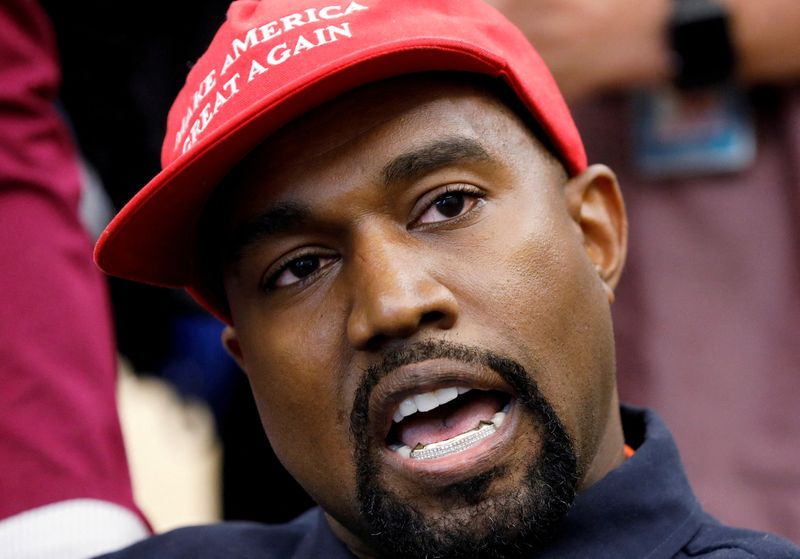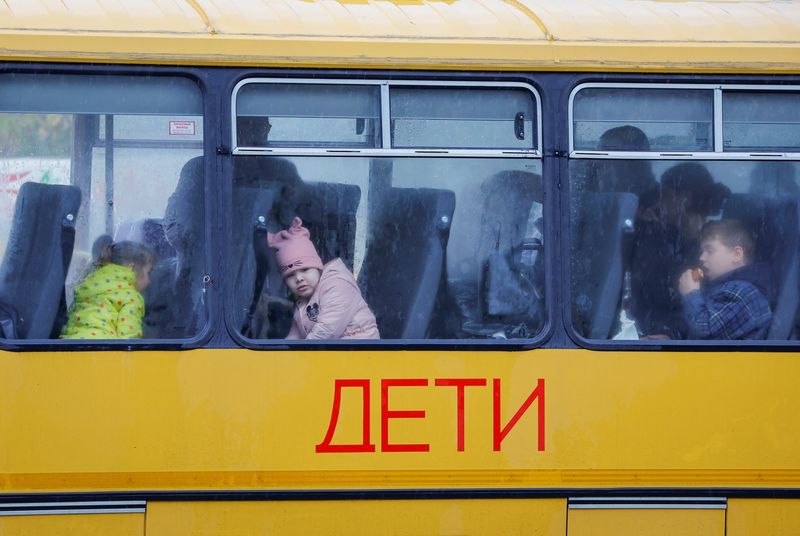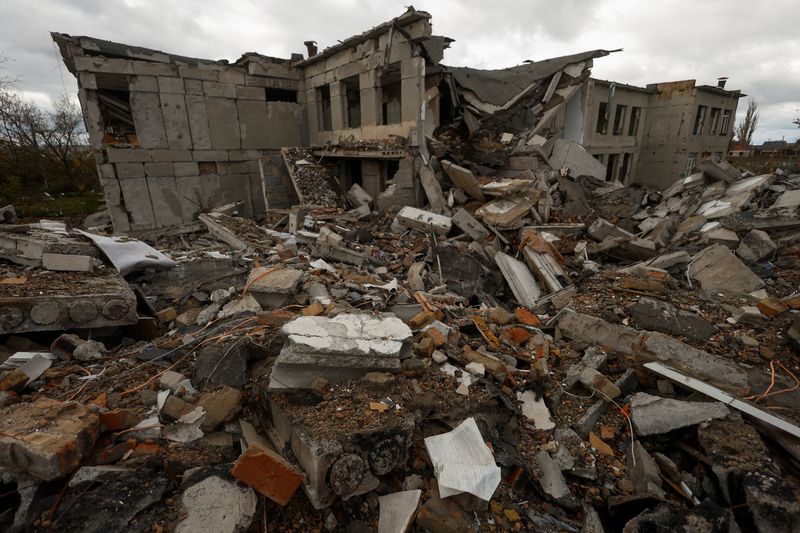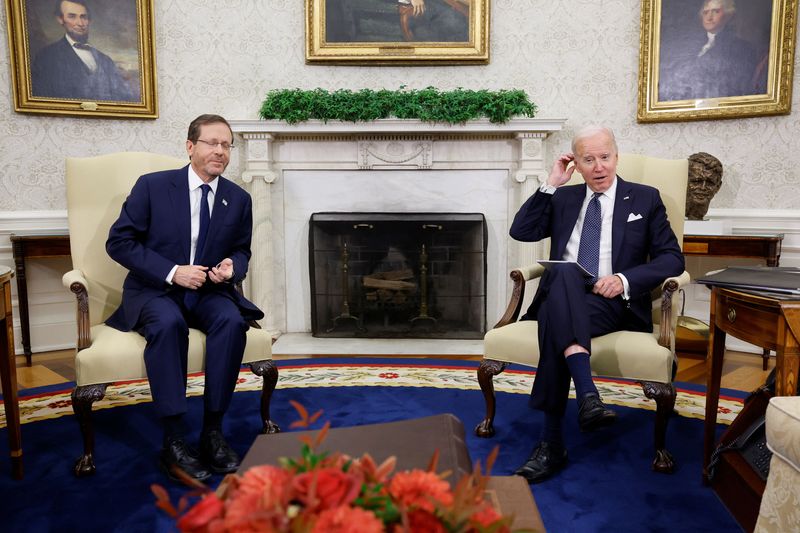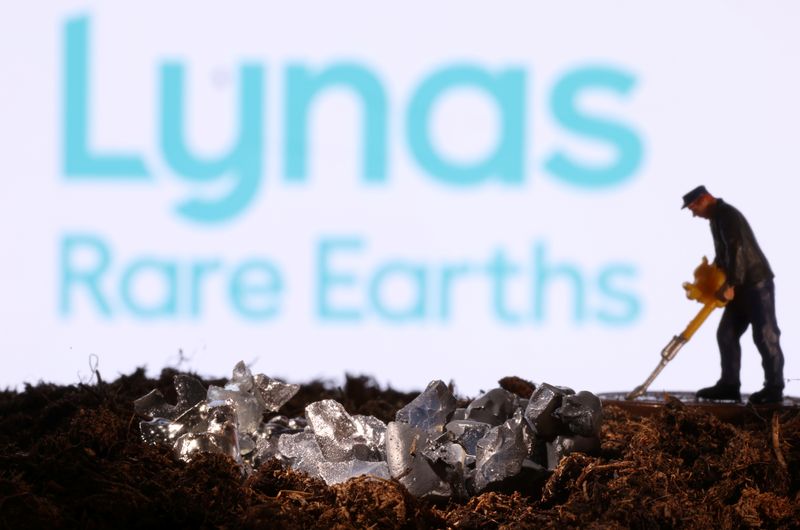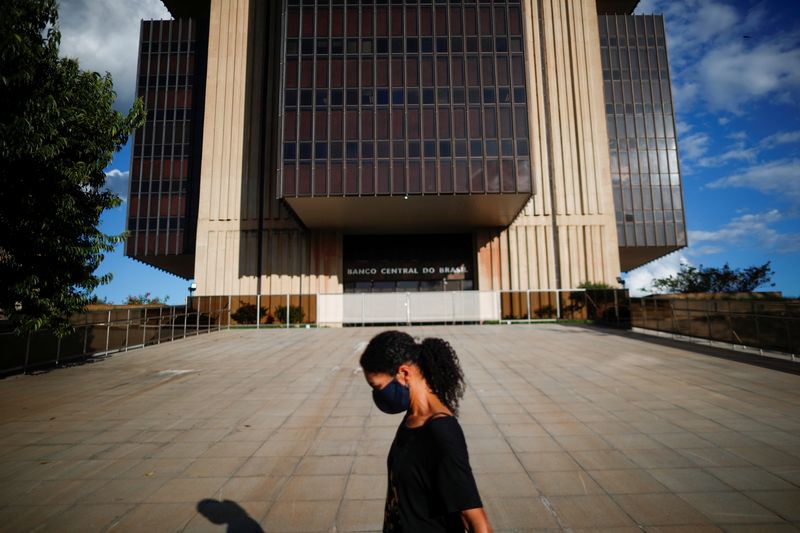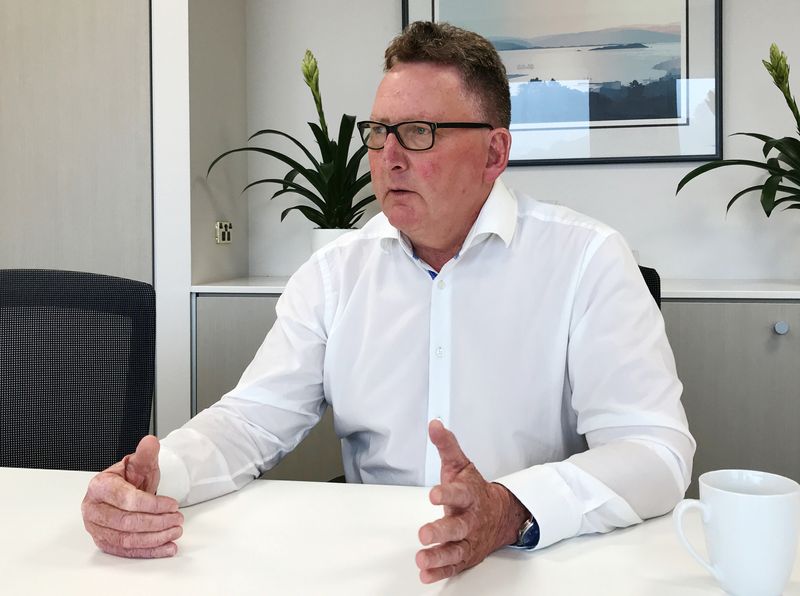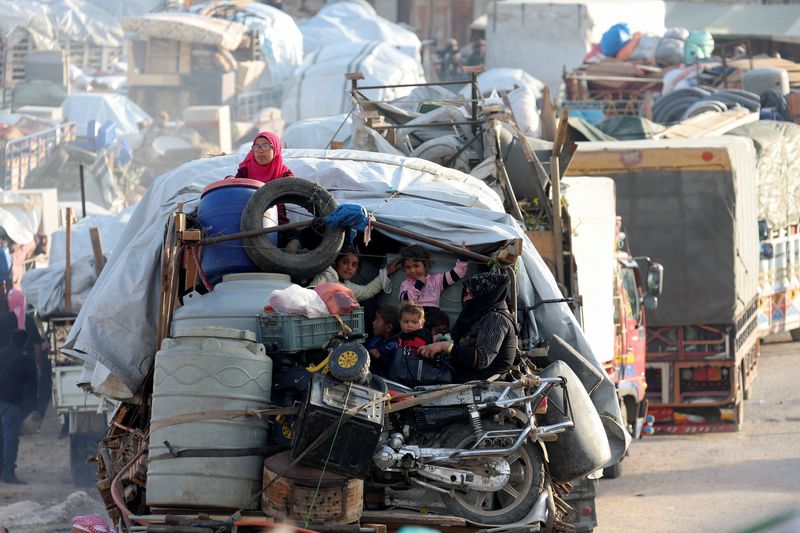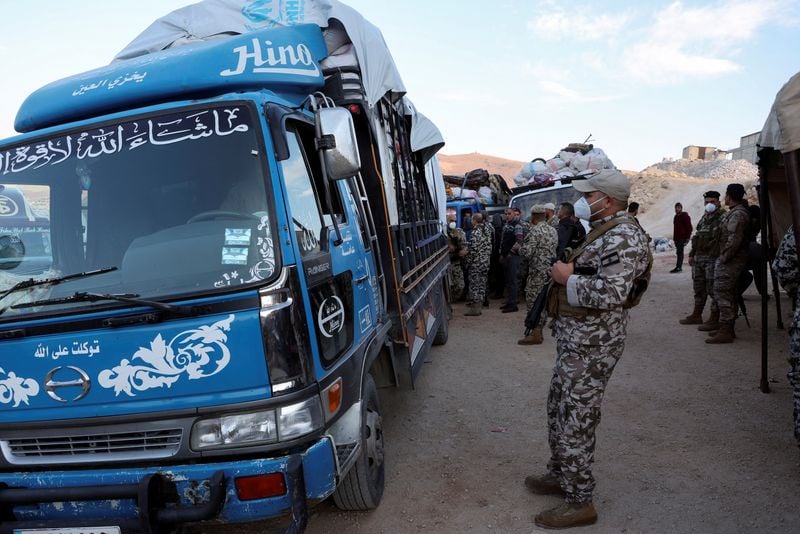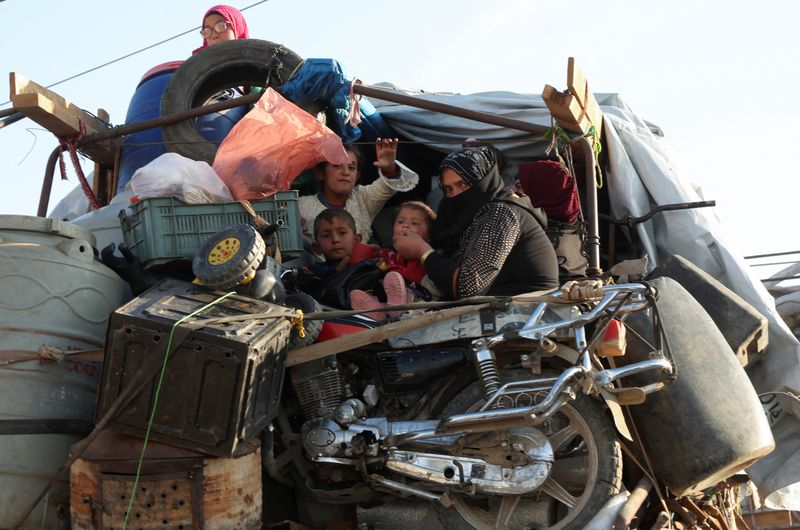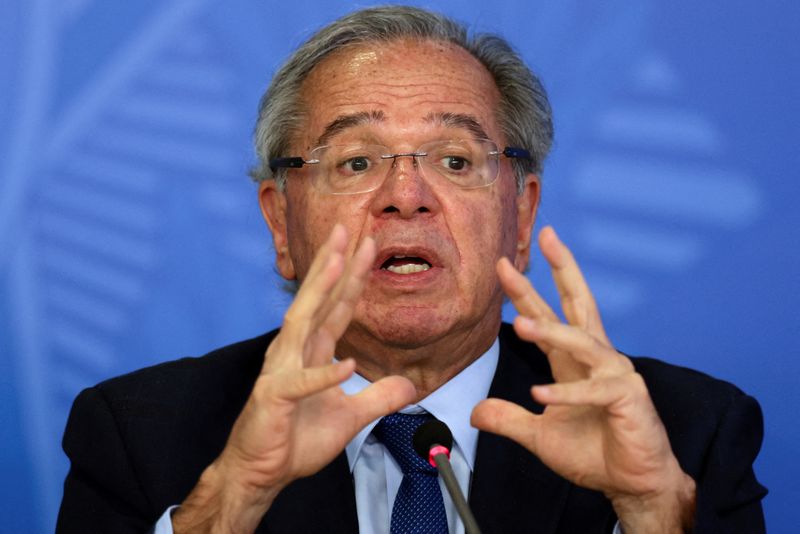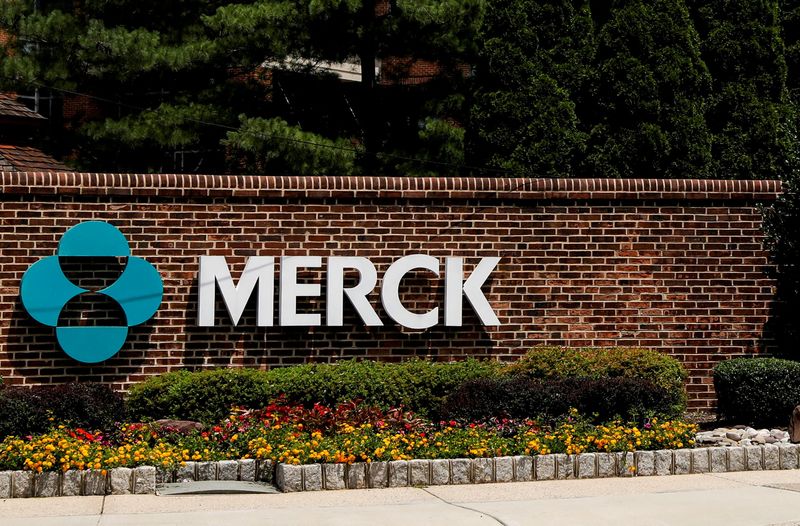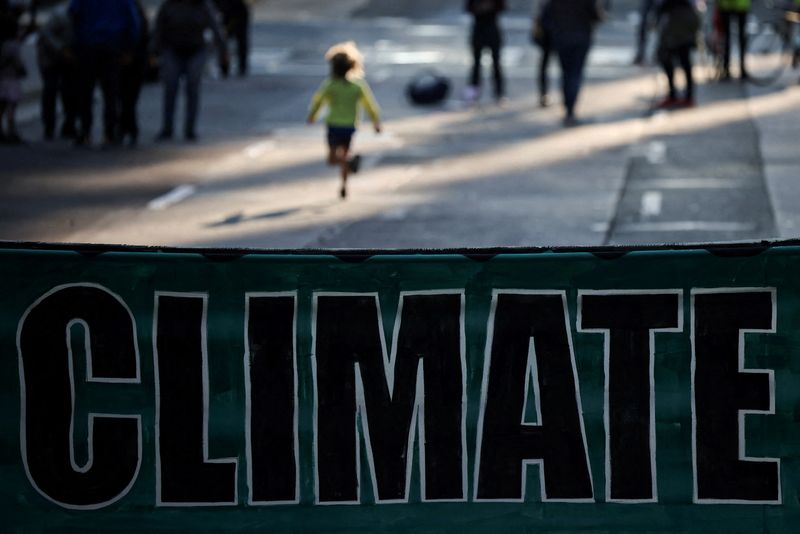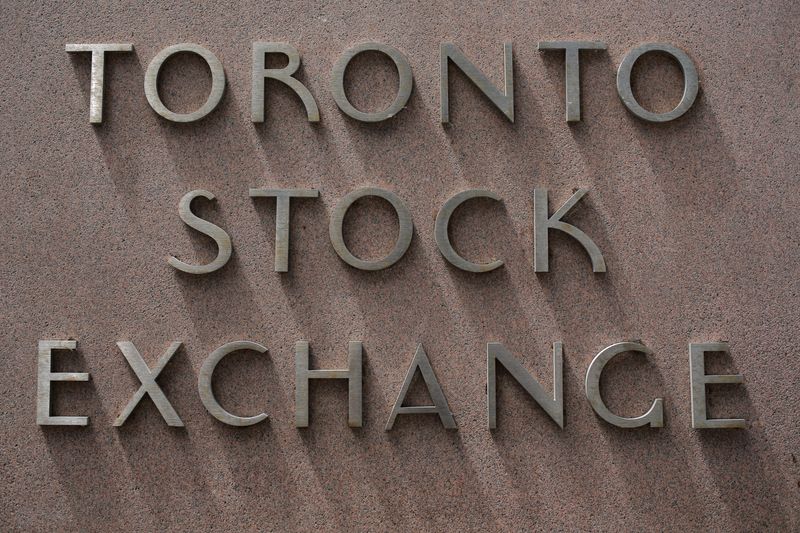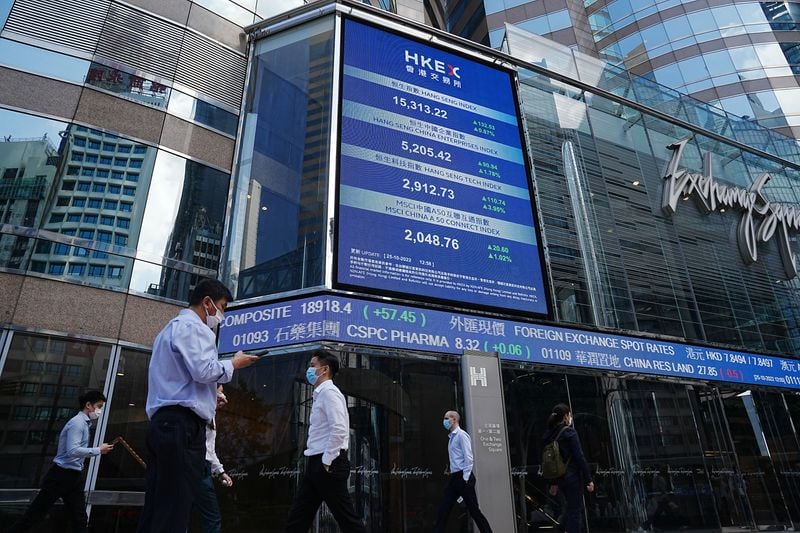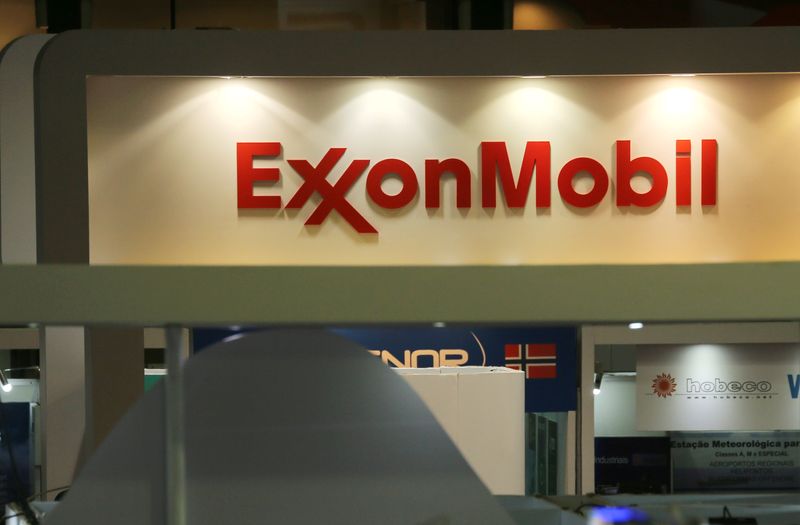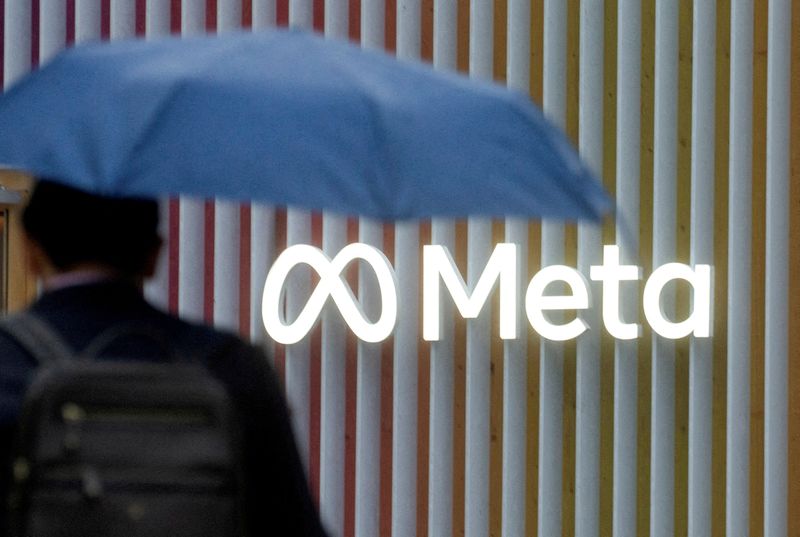(Reuters) – Skechers USA Inc said on Wednesday its executives escorted Ye, formerly known as Kanye West, out of a Los Angeles corporate office, after the rapper and fashion designer “showed up unannounced and uninvited”.
The footwear maker “has no intention of working with West,” it said in a statement.
Skechers’ comments come a day after sportswear brand Adidas AG ended its partnership with West, following a series of antisemitic comments from the celebrity.
“We condemn his recent divisive remarks and do not tolerate antisemitism or any other form of hate speech,” Skechers said.
Reuters was not immediately able to contact Ye’s representatives for comment.
Apparel company Gap Inc, which terminated its tie-up with West in September, is also taking immediate steps to remove Yeezy Gap products from its stores and shut down YeezyGap.com.
Shares of California-based Skechers were up nearly 1% in extended trading, after closing down nearly 10% on Wednesday.
The company on Tuesday forecast current-quarter sales below Wall Street estimates after missing third-quarter earnings expectations, dented by higher operating costs and a hit from foreign exchange rates.
(Reporting by Deborah Sophia in Bengaluru; Editing by Shinjini Ganguli)
